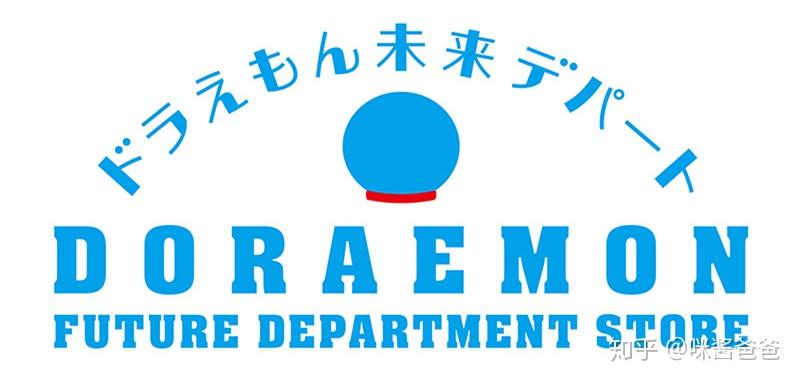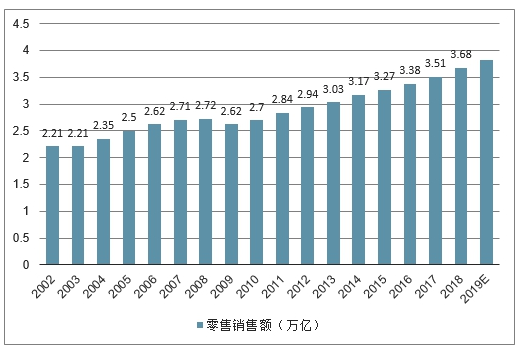In the retail industry, the terms "department store" and "supermarket" are often used interchangeably, leading to a common confusion: is a department store a supermarket? While both types of stores offer a wide range of products under one roof, there are significant differences in their origins, structure, and the types of goods they sell.
Origin
The concept of the department store originated in the late 19th century in Europe and America. It was initially designed to offer a range of goods, organized by categories or departments, under one roof. The supermarket, on the other hand, emerged in the mid-20th century, primarily in the United States, as a self-service grocery store that offered a wide range of food and non-food items.
Structure and Layout
Department stores are typically larger in size and have a more structured layout. They are organized into different departments, such as clothing, footwear, home appliances, and electronics, with each department managed by a dedicated team. Supermarkets, on the other hand, are generally smaller in size and are designed for quick shopping trips. They are organized primarily by product category, with a focus on convenience and self-service.
Product Offerings
Department stores typically offer a wide range of products, including high-end and luxury items. They stock products from multiple brands and often have a focus on fashion and home furnishing. Supermarkets, on the other hand, primarily focus on food items but also offer a range of non-food products such as household essentials. The products in supermarkets are typically less expensive and cater to the daily needs of consumers.
Customer Experience
The customer experience in department stores and supermarkets also differs significantly. Department stores often provide a more luxurious shopping experience with dedicated sales staff, customer service areas, and sometimes even in-store cafes or restaurants. Supermarkets provide a more basic shopping experience, focusing on convenience and self-service. However, some supermarkets are also evolving to provide a more enhanced shopping experience with features like in-store dining options, online ordering, and home delivery services.
Competition and Evolution
Both department stores and supermarkets face competition from online retail giants as well as from each other. Department stores are adapting to the changing retail landscape by offering online shopping options, enhancing their digital capabilities, and focusing on providing a unique shopping experience. Supermarkets are also evolving to compete with department stores by expanding their product range, improving their customer service, and offering convenient shopping options like home delivery.
Conclusion
While there is some overlap in the types of products sold and the customer experience provided by department stores and supermarkets, there are significant differences between them. A department store is not a supermarket, and each type of store caters to different consumer needs and preferences. As the retail landscape continues to evolve, both types of stores are adapting to compete with each other and online retailers, leading to a more diverse and convenient shopping experience for consumers.












 京公网安备11000000000001号
京公网安备11000000000001号 京ICP备11000001号
京ICP备11000001号